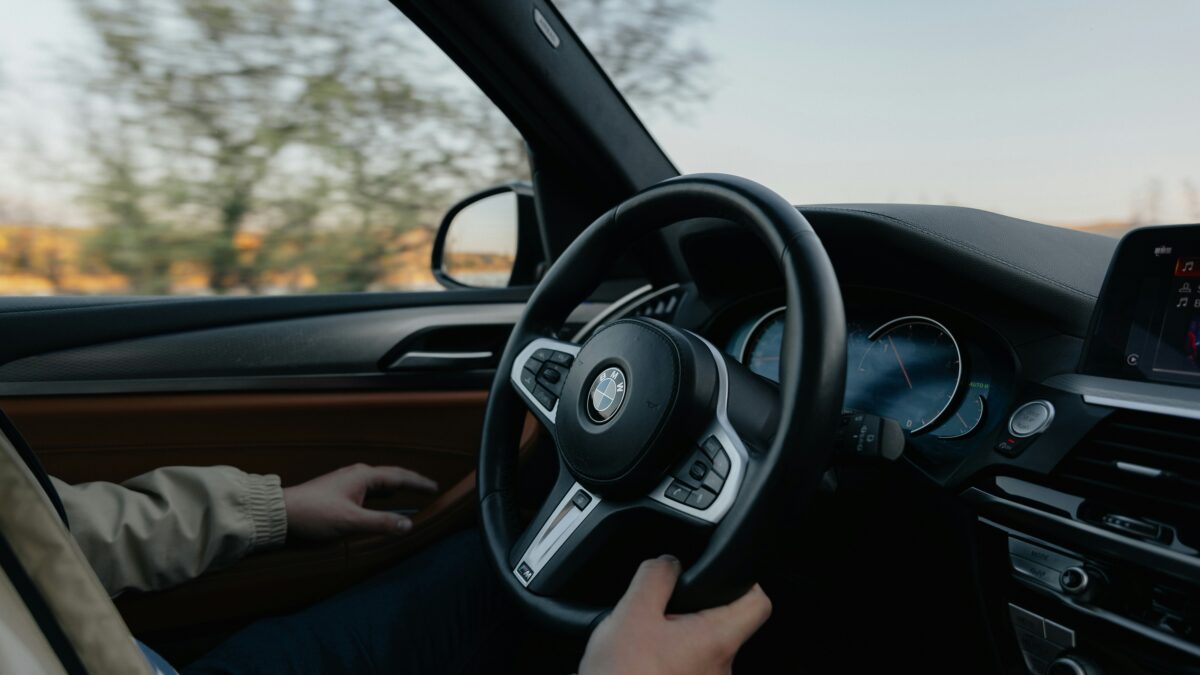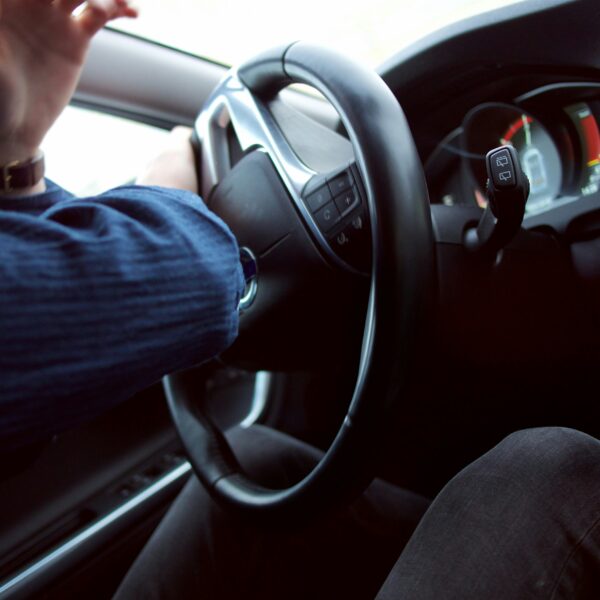What Are the Most Important Safety Features of a Car?
In a time where life moves at breakneck speed, it’s easy to take the routine act of driving for granted. However, beneath the sleek exterior and powerful engines of every car lies an intricate web of life-saving technologies. These groundbreaking innovations of the automotive industry work silently, often unnoticed, to safeguard you and your loved ones on every journey. Today we’ll shed light on the most important safety features of a car that fuse both innovation and engineering brilliance, day in and day out.
11 most important safety features in the automotive industry
The most important safety features of a car are designed to protect drivers and passengers in the event of a crash and prevent accidents from happening in the first place. Some of the key safety features include:
- Seatbelts
- Airbags
- ABS
- ESC
- FCW
- AEB
- LDW
- LKA
- BSD
- RCTA
- ACC
- TPMS
- Back up camera
- Structural design
Given the abundance of acronyms, we’ll provide concise descriptions for each safety function below:
Seatbelts
Seatbelts are one of the most basic and critical safety features in a car to this day. They keep passengers secured in their seats during a collision, preventing them from being thrown forward or ejected from the vehicle.
Airbags
Airbags are supplemental restraints that deploy during a crash to provide a cushioning effect and reduce the impact on passengers’ bodies. They work in conjunction with seatbelts to enhance protection in every type of accident.
Anti-lock Braking System (ABS)
Anti-lock tracking system, commonly known as ABS, prevents the wheels from locking up during hard braking, allowing the driver to maintain steering control and avoid skidding, especially in slippery conditions.
Electronic Stability Control (ESC)
ESC helps drivers maintain control of their vehicles during sudden maneuvers or when driving on slippery roads. It can apply individual brakes and reduce engine power to prevent loss of control and potential rollover incidents.
Forward Collision Warning (FCW) and Automatic Emergency Braking (AEB)
FCW alerts the driver when a potential front-end collision is imminent, and AEB automatically applies the brakes if the driver fails to respond in time. These features help reduce the severity of collisions or prevent them altogether and have proven to be some of the most effective safety tech to breakthrough the automotive industry.
Lane Departure Warning (LDW) and Lane Keeping Assist (LKA)
LDW alerts the driver when the vehicle unintentionally drifts out of its lane, and LKA gently steers the car back into the lane to prevent potential side collisions.
Blind Spot Detection (BSD) and Rear Cross-Traffic Alert (RCTA)
BSD warns the driver when a vehicle is in their blind spot, while RCTA alerts the driver of approaching vehicles while backing out of parking spaces.
Adaptive Cruise Control (ACC)
ACC maintains a safe distance from the vehicle ahead by automatically adjusting the car’s speed. Some advanced systems can bring the car to a complete stop if necessary.
Tire Pressure Monitoring System (TPMS)
TPMS constantly monitors tire pressure and alerts the driver if any tire becomes significantly underinflated, helping to prevent blowouts and improve fuel efficiency.
Backup Camera
A rearview camera assists the driver while reversing, reducing the risk of colliding with objects or pedestrians behind the vehicle.
Structural Design and Crumple Zones
Modern vehicles are designed with energy-absorbing crumple zones that deform during a collision, dissipating the energy and reducing the force transferred to the occupants.
Bear in mind
It’s essential to remember that no safety feature can replace responsible driving and good judgment. Always drive attentively, obey traffic laws, and avoid distractions while behind the wheel. The combination of safe driving practices and advanced safety features can significantly reduce the likelihood and severity of accidents.
Conclusion
As we continue to push the boundaries of engineering brilliance, the safety features that grace our vehicles stand as a testament to the ceaseless dedication to protect those behind the wheel and their cherished passengers—keeping their precious cargo safe, mile after mile, adventure after adventure.
To read more safety-related news, discover the compelling reasons why Lane Keep Assist could pose concern for cyclists on the road.
















